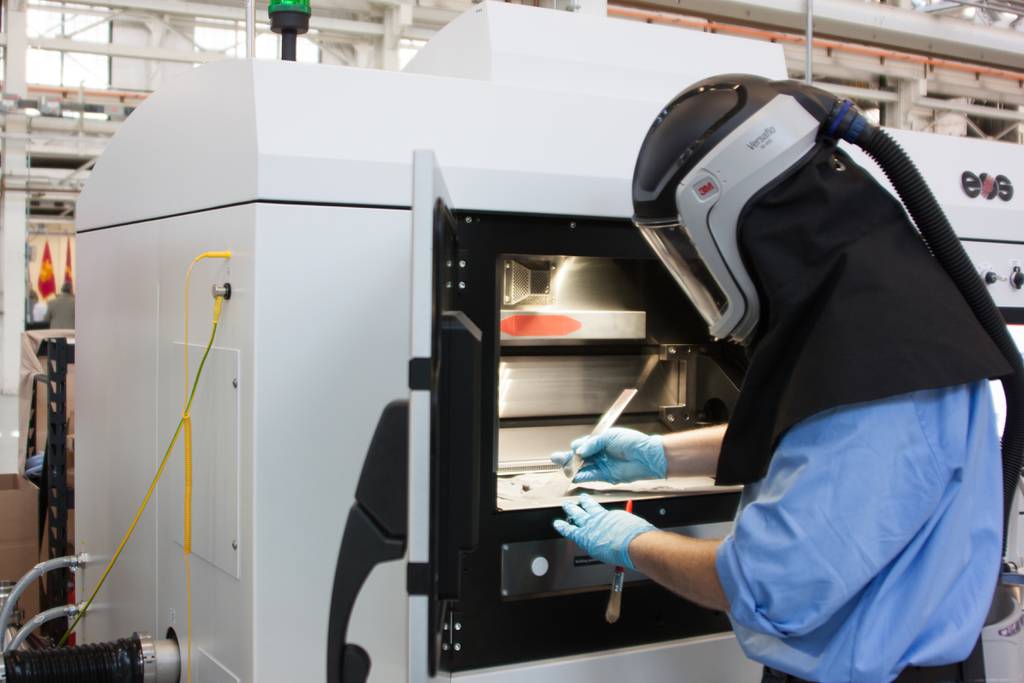
DOE releases a guide to increasing solar energy use in communities
January 19, 2022Naval Surface Warfare Center invests in additive manufacturing prototypes

WASHINGTON – The Naval Surface Warfare Center is investing in six additive manufacturing prototypes through its Crane, Ind., division as it looks for new ways to protect military technologies.
Additive manufacturing is technology that adds materials to existing objects instead of removing materials. The Naval Surface Warfare Center believes the military can use additive manufacturing to help protect its systems from intrusion or compromise.
Selected vendors “will demonstrate prototype capabilities that address the AM technical domain problem set. The prototypes will demonstrate improvement over current technology protection techniques, processes, or systems as well as feasibility for eventual deployment on DoD systems and platforms,” said Crane Division Technical Director Angela Lewis in a Jan. 5 statement.
The six contracts were issued through the NSWC Crane Strategic & Spectrum Advanced Resilient Trusted Systems, or S2MARTS, other transaction authority, a vehicle used by the Pentagon for investments in microelectronics, spectrum, and other mission areas. The S2MARTS contracting process is managed by the National Security Technology Accelerator (NSTXL) Consortium.
Proposals were reviewed by Naval Sea Systems Command, Air Force Research Lab, the U.S. Navy and the U.S. Army. Awards were issued to General Electric, Johns Hopkins APL, Lockheed Martin RMS, Mercury Systems, ReLogic Research and Charles Stark Draper Laboratories. NSTXL did not reveal the value of the awards in its statement.
Prototypes will be evaluated at the end of the effort to determine how well they address the problem, how easily they can be deployed, reliability, cost, as well as size, weight and power.
The awards are sponsored by the Office of the Under Secretary of Defense for Research and Engineering’s Trusted and Assured Microelectronics programming. It’s one of several efforts under the Navy’s Additive Manufacturing for Technology Protection (AMTP) Consortium, which was established in 2019 to drive government efforts on finding innovative ways to protect technologies.
There has been limited research previously into applying additive manufacturing to technology protection, according to the consortium statement.
“Applying additive manufacturing techniques to technology protection will truly be a game changer. We’re looking forward to leveraging the seed funds from this award to demonstrate the powerful, complementary nature of these two areas,” said Johns Hopkins University Applied Physics Laboratory Senior Scientist Korine Ohiri in a statement. “The stochastic nature of [additive manufacturing] means we can manufacture unique designs on demand, and allows for an incredibly broad breadth of security solutions for [technology protection].”



